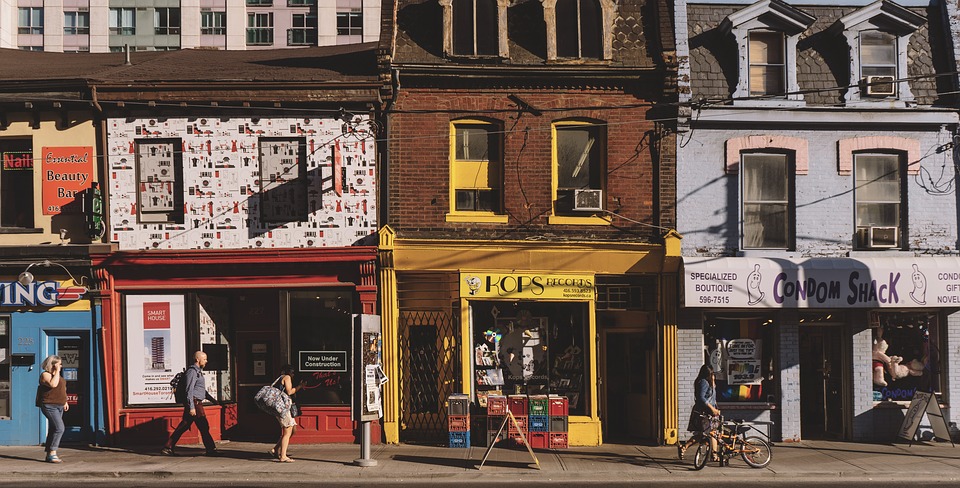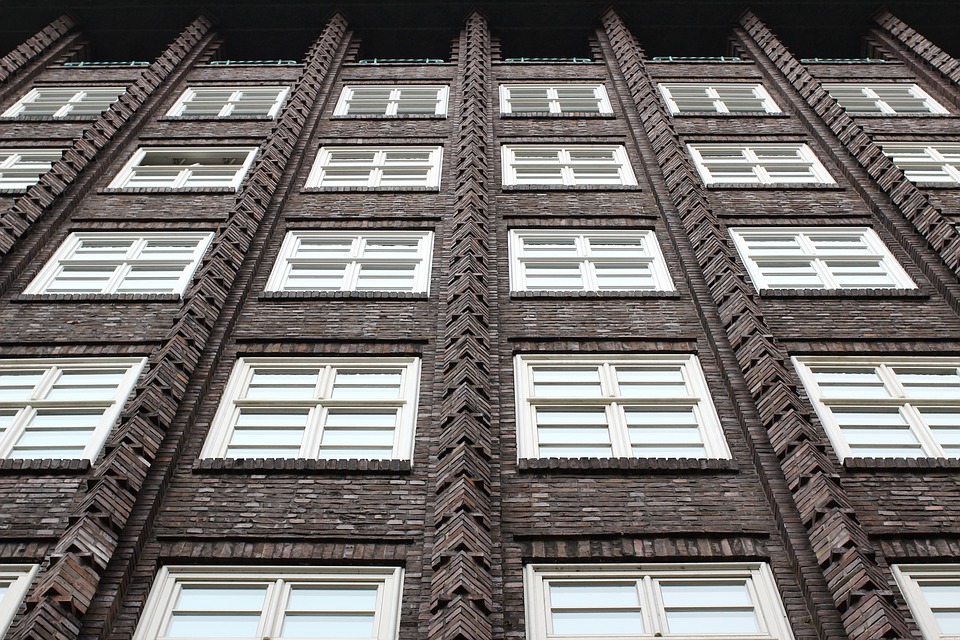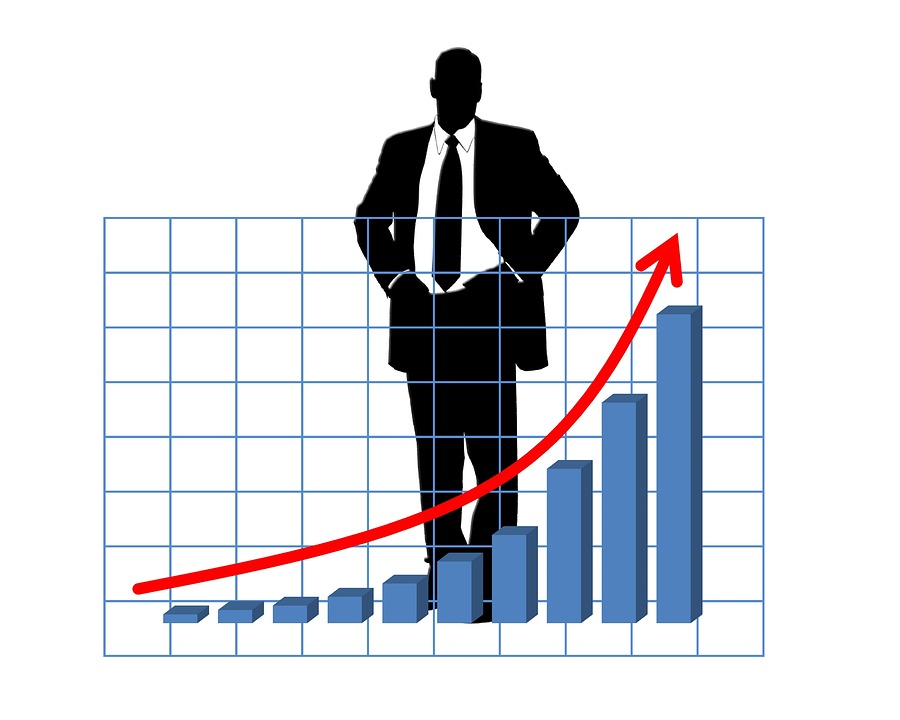Commercial Real Estate News for Thursday, April 13
Good morning, investors. In today’s commercial real estate news—restaurants and dollar stores thrive in the face of e-commerce, and Trump’s travel ban hurts luxury hotels. Top 10 Restaurant Brands for Retail Landlords The tables have turned since the recession. Restaurants are on the rise after years of decline. Millennials are eating out more than ever before, … Read more










